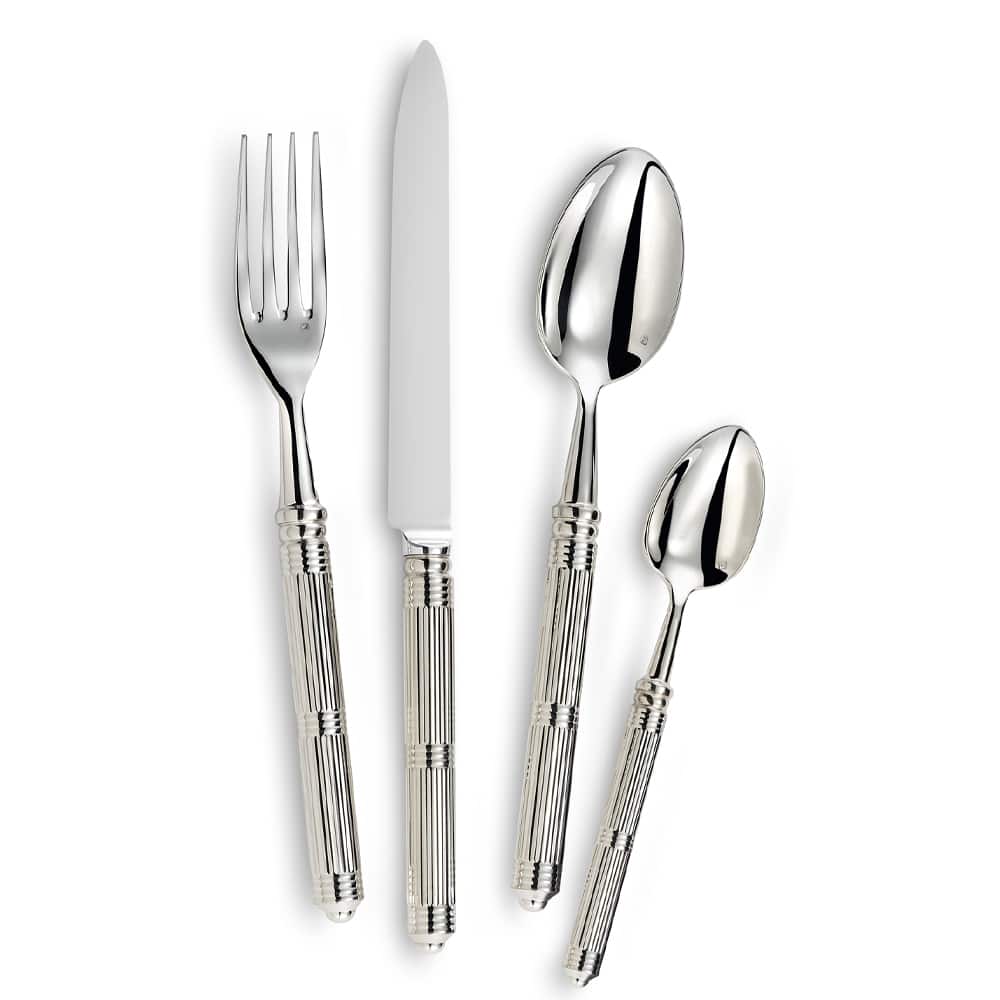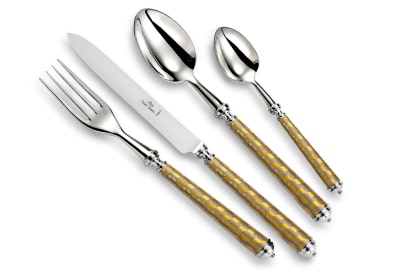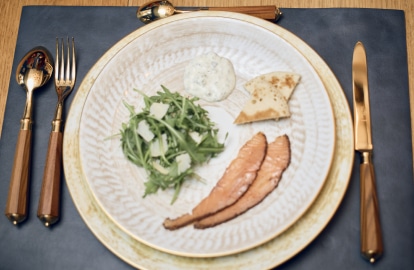French goldsmith holds a special place in the decorative arts. This recognition is explained by its very ancient history. The know-how of master goldsmiths has allowed France to preserve the letters of nobility of this art. The goldsmith collections provide insight into this history. The presence of goldwork designed in France, on the great tables of this world, reflects the best symbol of its fame.
The art of French goldsmithing throughout history
In France, goldsmithing has existed since prehistory. However, it isin the Middle Ages with the birth of French royalty that it is truly structured. Until the Revolution, goldwork objects symbolized the financial and political power of their holder. From the 19th century onwards, French goldsmithing represented above all a decorative note of good taste.
French goldsmithing in the Middle Ages
Éloi de Noyon, goldsmith and coiner, Minister of Finance of Dagobert I, marks this period. He becomesCatholic saint and patron of goldsmiths.
From this period of the Middle Ages, the majority of liturgical pieces remain. So-called secular goldsmith objects canserve their owners as currency. When necessary, pieces of goldsmithery are melted down to sell the metal.
The art of goldsmithing in France during modern times
In the 17th century, Louis XIV established acollection of unrivaled goldsmithery. He gathers around 200 coins in the Great Silverware, instrument of his power. In 1689, Louis XIV did not hesitate to melt all his silverware to support the war effort.
The 18th century represents the golden age of French goldsmithing. She acquired a reputation for incomparable finesse. Goldsmith artists embellish pieces in plated, filled or lined metal.
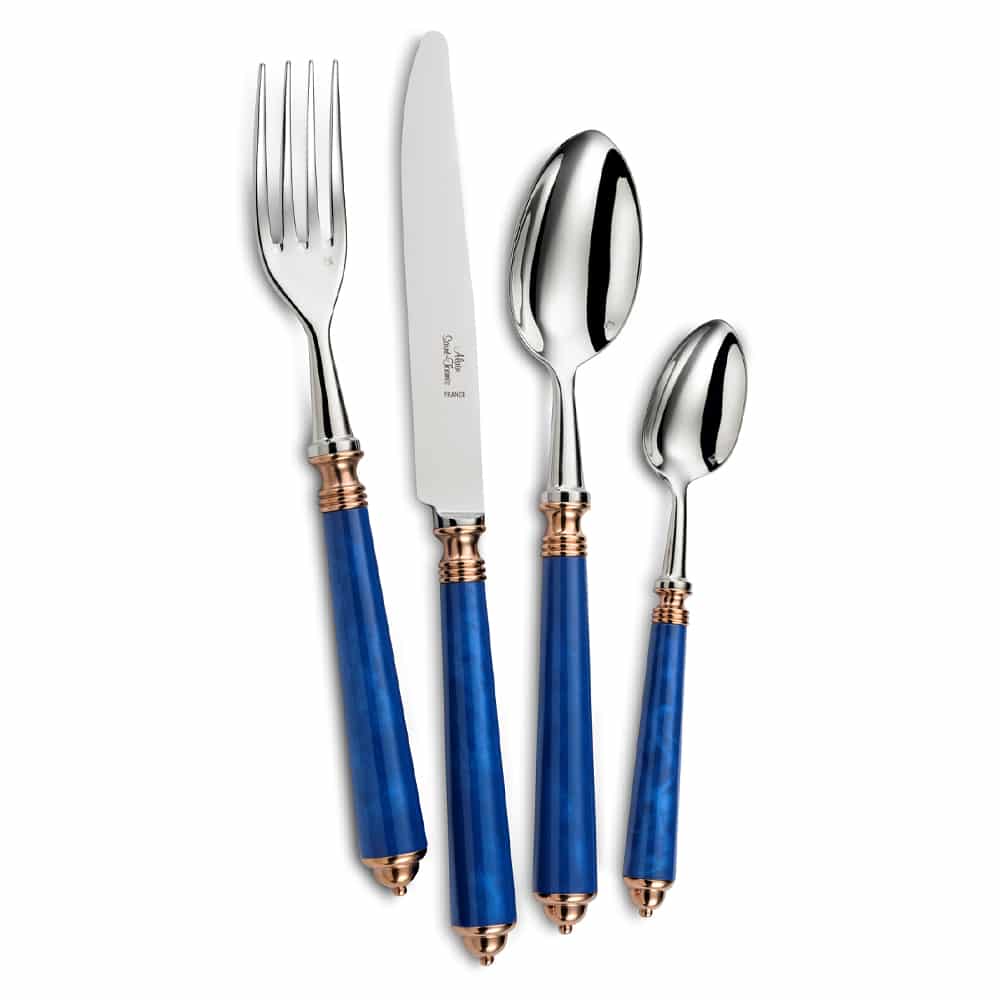
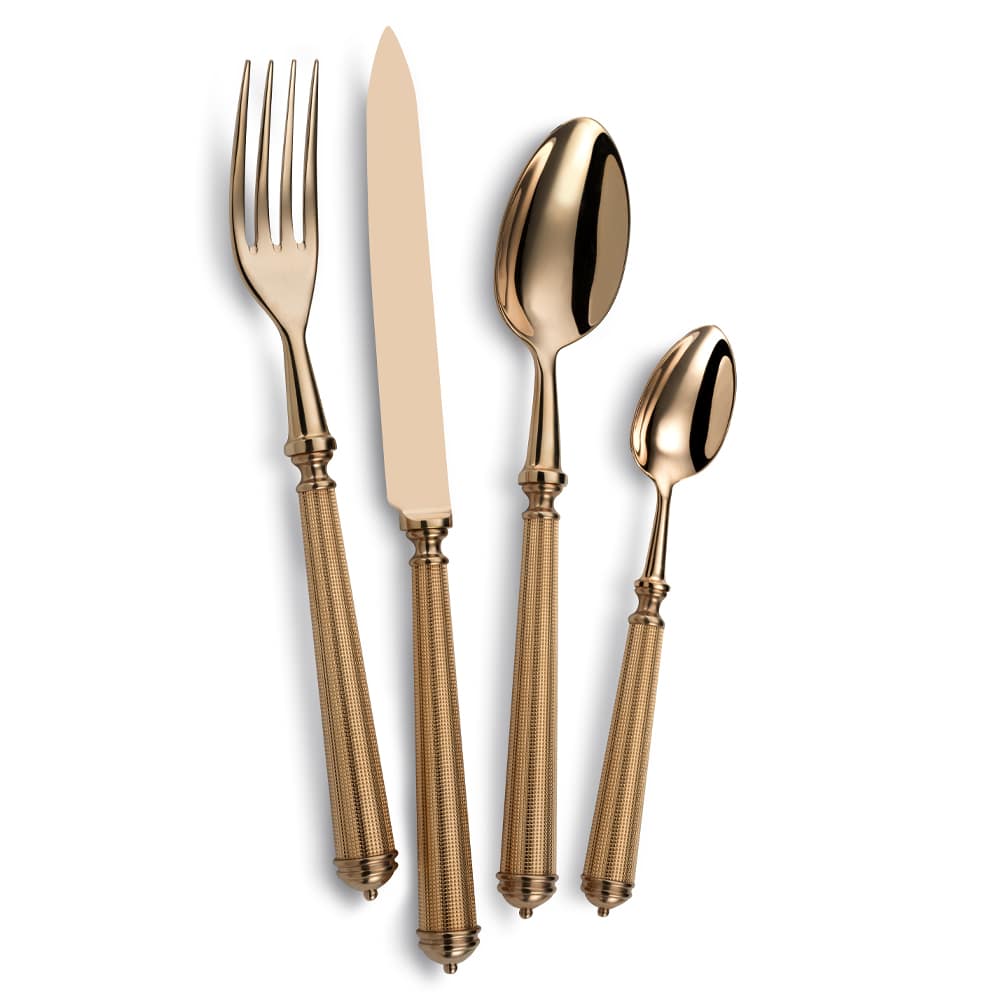
French goldsmithing from the 19th century to the present day
In the 19th century, French goldsmithing took up the themes of Antiquity, the Renaissance and the 18th and 18th centuries. Goldsmiths, modelers, enamelers and designers combine their talents.
From the 20th century onwards, goldsmiths took inspiration from contemporary art. They also take models from their illustrious predecessors. Master craftsmen do not hesitate tobenefit from innovations in materials processing.
Why is the art of French goldsmithing recognized worldwide?
French goldsmithing holds a leading position thanks to the know-how of its master craftsmen. Since the Middle Ages, French master goldsmiths have been crafting secular or liturgical pieces of goldwork by passing on their knowledge.
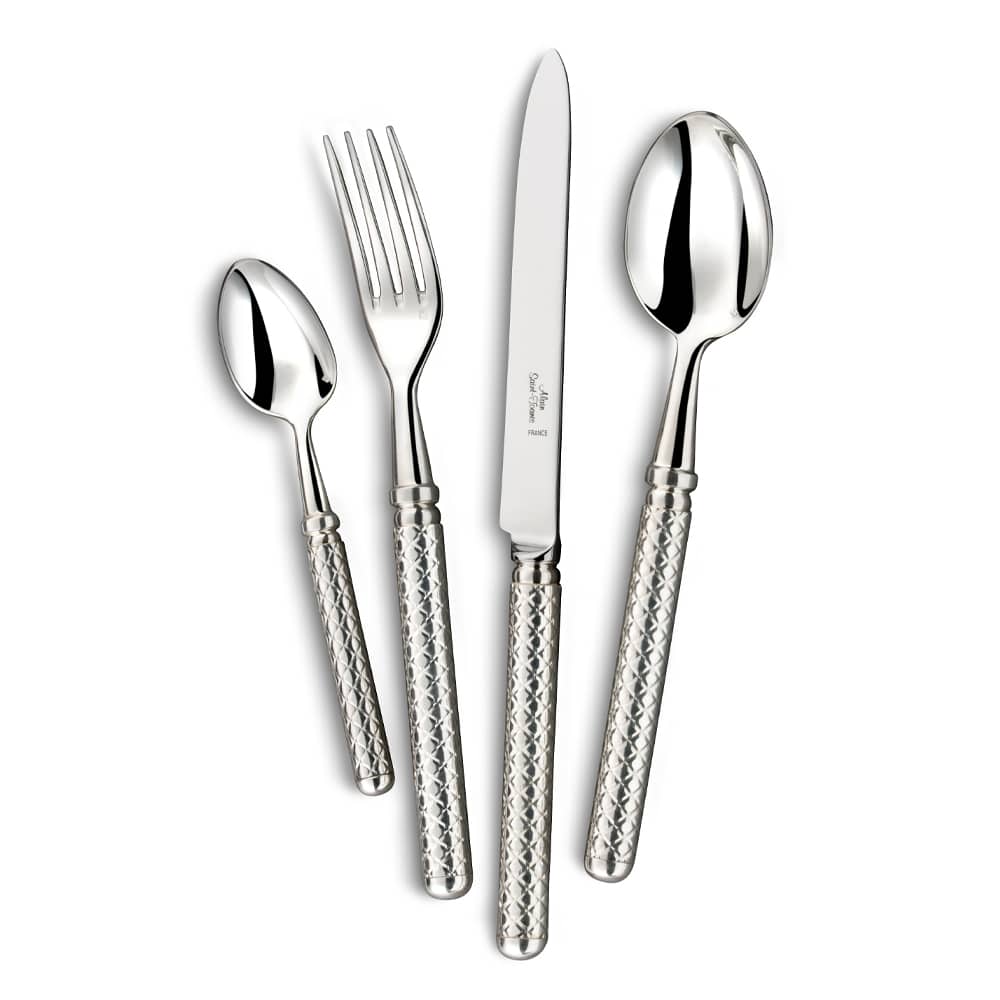
A know-how of goldsmiths forged by centuries of technique
French goldsmithing is partartistic crafts subject to very strict regulations. Since the Middle Ages, objects made of precious metals had to meet strict control by the authorities. THEhallmarks applied to goldwork pieces represent one of these requirements.
All French artisans, until the Revolution, grouped themselves into guilds or corporations. To achieve the title of master goldsmith, a long apprenticeship was required. The presentation of a masterpiece concluded the training of the journeyman goldsmith, after his Tour de France.
With the end of the jurandes, master cutlers and master goldsmiths were able to combine their knowledge and techniques in metalworking. The artisans of Thiers, the world capital of knives, have benefited from this historic advance. Finally, they could offer complete cutlery sets with the solidity of forged metal and the refinement of goldsmithing.
France, cradle of innovative techniques in goldsmithing
French goldsmithing has evolved over the centuries. The master goldsmiths knewadapt to fashions and the scarcity of precious metals. Ingenious craftsmen invented new techniques, such as silver metal. This makes the use of pieces of goldsmithing such as cutlery less expensive and more practical.
French goldsmithing: between collectibles and art of living
Lovers of goldsmithing easily turn to French pieces. These connoisseurs know that such an investment combines good taste and financial investment on. The biggest museums and enthusiasts have assembled prestigious collections.
The Louvre Museum and its magnificent exhibition of French goldsmithing
Paris remains the capital of Europe, even of the world whereexhibitions of incomparable goldsmithing objects can be admired. The Louvre Museum brings together the treasures of goldsmithing from different civilizations. French goldsmithing plays an important role there. Visitors can admire the details of the engraving and carving of each silver or precious metal piece.
For the most passionate, exhibition catalogs and books retrace the history of goldsmithing in the decorative arts.
The treasures of private lovers of French goldsmithing
Some private collectors have saved real treasures of French goldsmithing. Over a century, the Jourdan-Barry dynasty built up a magnificent collection of goldsmith objects. The Kugel gallery, in Paris, published a work whichlists the 327 pieces in this collection.
French goldsmithing remainsdynamic thanks to lovers of high-end pieces decorative arts. Tableware, which is undergoing a revival, shows that goldsmithing remains up to date.
French goldsmithing has been known throughout the world since the Middle Ages. The fascination of enthusiasts has enabled the creation of public and private collections of goldsmith objects. The big houses perpetuate the French luxury. They enhance their table thanks to the know-how of French master goldsmiths like those of theMaison Alain Saint-Joanis.
